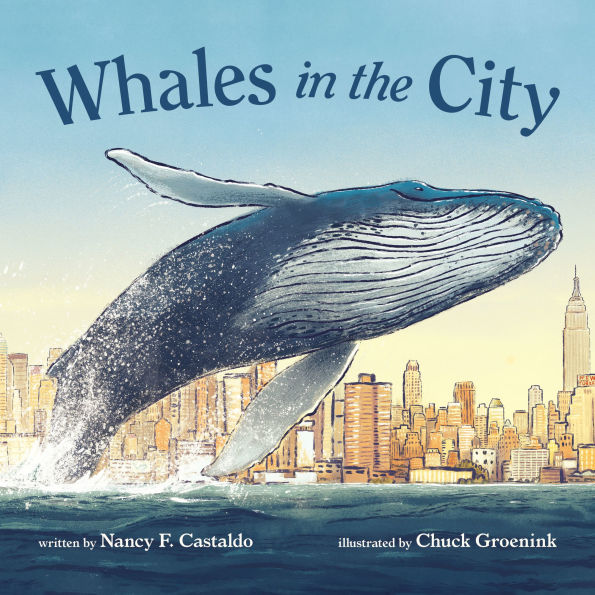Junior Library Guild Gold Standard Selection
"As well as a history lesson here, the text—emphasizing the BIG creatures, problems, protests, and ideas that make this story—shows the importance of standing up for nature and that change is possible. The heartening tale is accompanied by detailed watercolor illustrations that show snapshots of history and wonderfully underscore the majesty of whales." —Booklist, starred review
"Citizen activism takes on industrial pollution in the Hudson River and makes way for whales to return to New York Harbor in this historical picture book." —Publishers Weekly
"In Groenink’s art, humpbacks arc with sinuous grace through sludgy (later sparkling) waters... A sincere record of an environmental success story." —Kirkus
"Evocative illustrations and easy-to-understand text bring this story of whales living in the Hudson River in New York to life... fascinating and accessible story about whales and the water they live in. Great for a read-aloud, especially for Earth Day." —School Library Journal
"The textured gouache and graphite illustrations often spread across two pages, encompassing both the hugeness of the whales and the city that grows behind them... simultaneously respects the existence of whales entirely out of human context while still making clear the connection between the natural world and the human world." —BCCB
"Offers hope for aspiring citizen activists and makes a compelling case for taking the long view and not giving up the fight." —Horn Book



